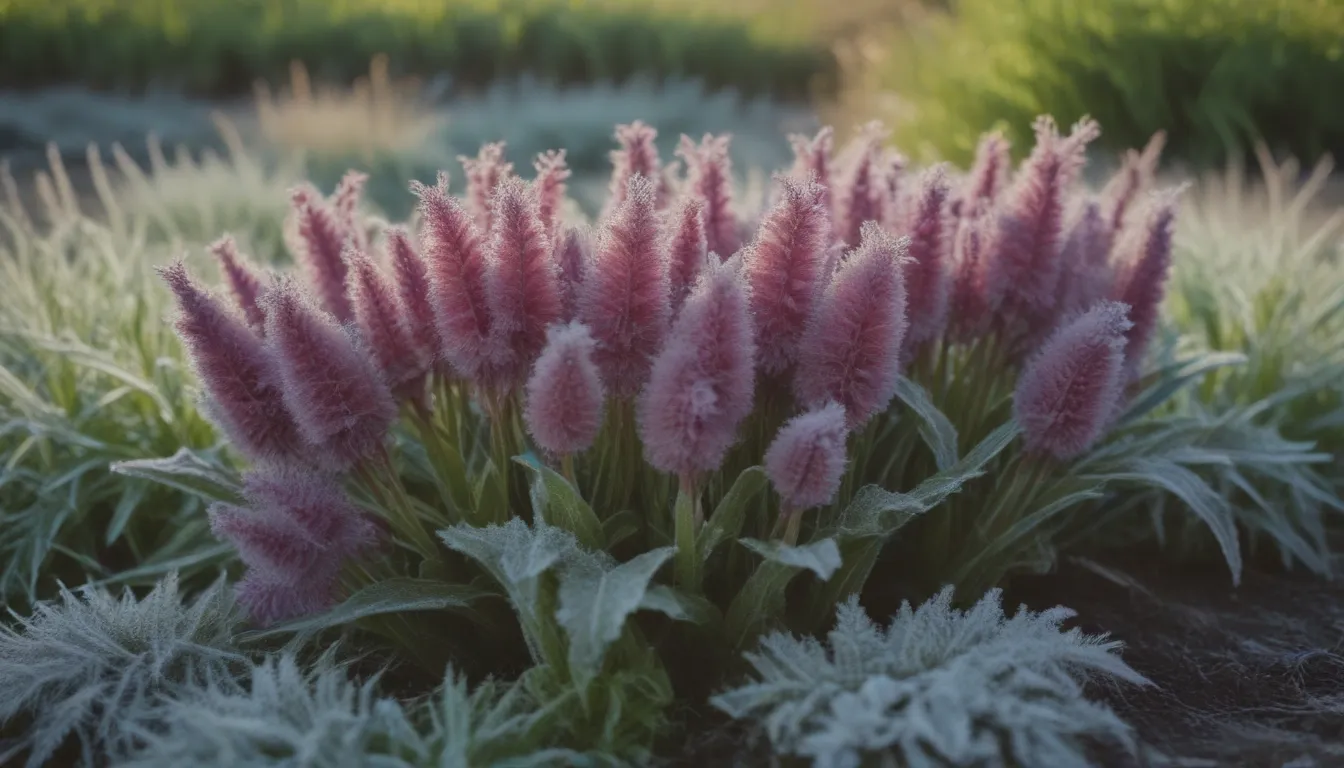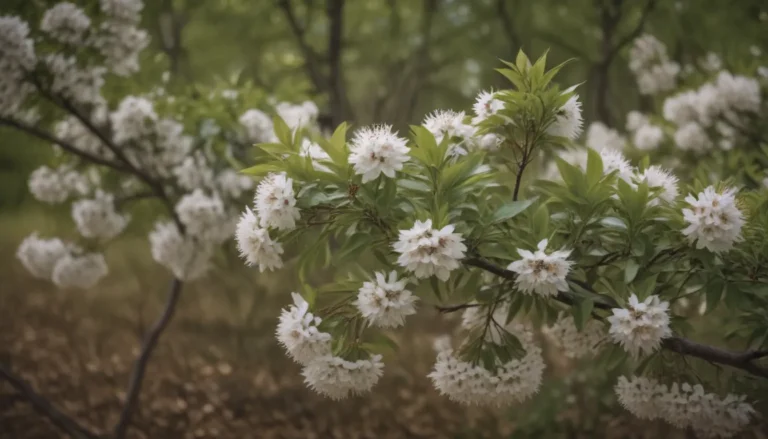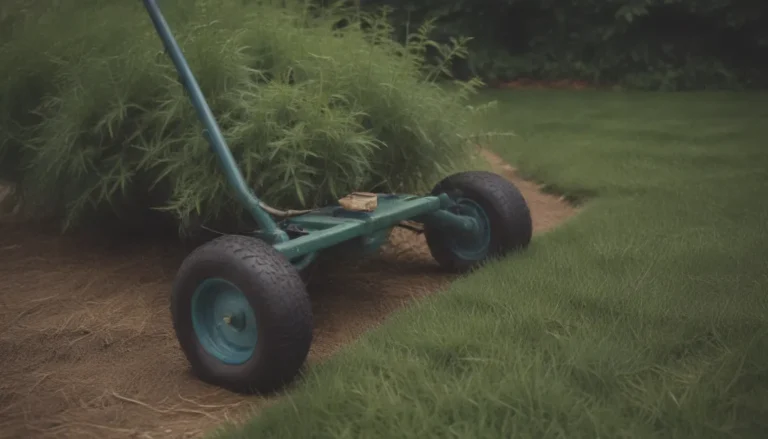Understanding Frost Dates and Planting Times for a Successful Garden

Are you ready to get your hands dirty and start planting your garden? Before you dive in, it’s important to understand the significance of frost dates in determining the right time to start your outdoor planting endeavors. Knowing when to expect the first and last frosts in your region can make all the difference in the success of your garden. But what exactly are frost dates, and how can you ensure that you’re planting at the optimal time?
What are Frost Dates?
Frost dates refer to the average date of the last frost in spring and the first frost in fall or winter. Frost occurs when air temperatures drop to 32° Fahrenheit (0° Centigrade) or lower, but even temperatures slightly above freezing can lead to damaging frost. Frost can harm young plants, new growth on established plants, and impact your harvest. To safeguard your tender or warm season plants, it’s crucial to plant after the last frost date in spring and before the first frost in fall or winter.
Sources for Determining Frost Dates
There are several resources you can utilize to determine the average frost dates in your area:
- Consult a local gardening center
- Observe your personal experience
- Use websites such as davesgarden.com, the Old Farmer’s Almanac, and the National Gardening Association
While published frost dates are based on historical climate data, they are not foolproof. It’s essential to remain vigilant of local weather forecasts and nighttime temperatures to protect your plants from unexpected cold snaps. Adjusting your planting schedule by planting two weeks later in spring and two weeks earlier in fall/winter can help mitigate the risks associated with frost damage. It’s also important to differentiate between a frost and a freeze, as some plants can tolerate light frost but not a freeze.
Using Your Zip Code for Frost Date Accuracy
Many gardeners believe that using their zip code can provide a more accurate frost date. Websites like davesgarden.com, the Old Farmer’s Almanac, and the National Gardening Association allow you to input your zip code to access personalized frost date information. Keep in mind that these dates are averages and may not account for microclimates on your property. Additionally, climate change may impact the accuracy of some published frost dates.
Understanding Plant Hardiness Zones
Another valuable tool for garden planning is the USDA Plant Hardiness Zone Map, which categorizes the United States into cold hardiness zones based on average annual minimum temperatures. By knowing your plant’s cold hardiness zone, you can determine the likelihood of survival during winter months. This information is crucial for sowing seeds, planting annuals, perennials, trees, and shrubs at the appropriate times. Combining the USDA Plant Hardiness Zone Map with frost dates ensures that you plant at the right time for optimal growth.
For the most up-to-date information and potential zone adjustments, visit the official USDA Plant Hardiness Zone Map website. This interactive map allows you to find and download cold hardiness zone information at various levels, from local zip codes to national regions. The National Oceanic and Atmospheric Administration website is another valuable resource for weather-related information that can assist you in selecting safe planting dates.
Conclusion
By understanding the significance of frost dates, utilizing resources to determine accurate planting times, and combining this information with knowledge of plant hardiness zones, you can set yourself up for a successful gardening season. Remember to remain flexible with your planting schedule, be observant of weather patterns, and stay informed about the latest updates in your region. Happy gardening!





